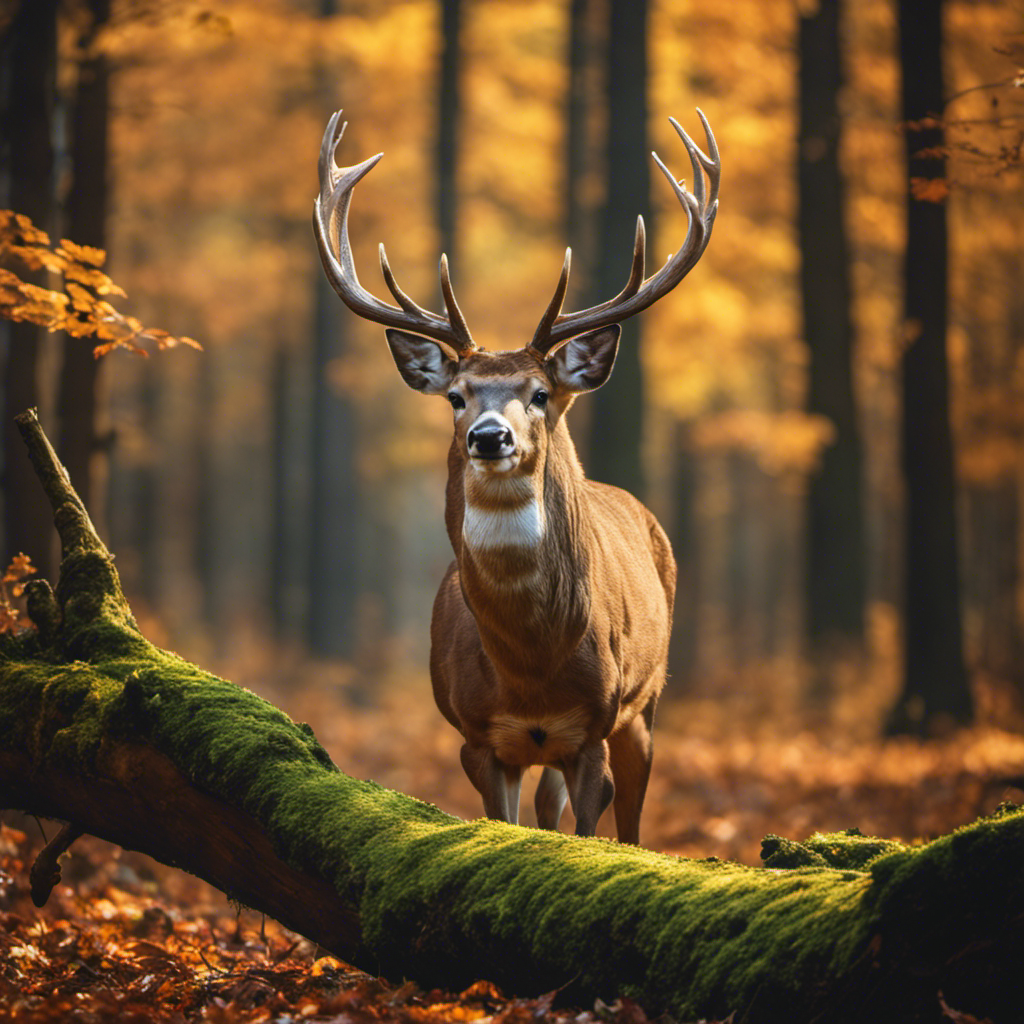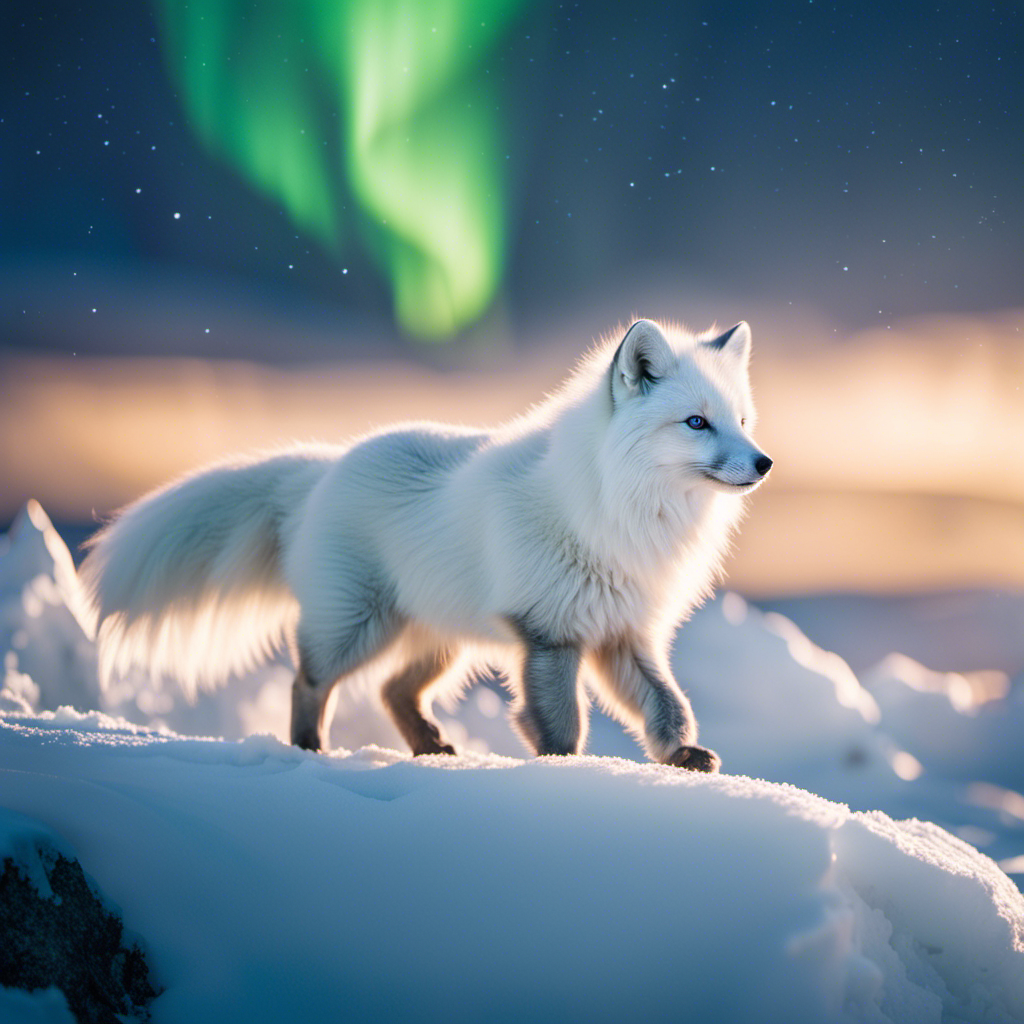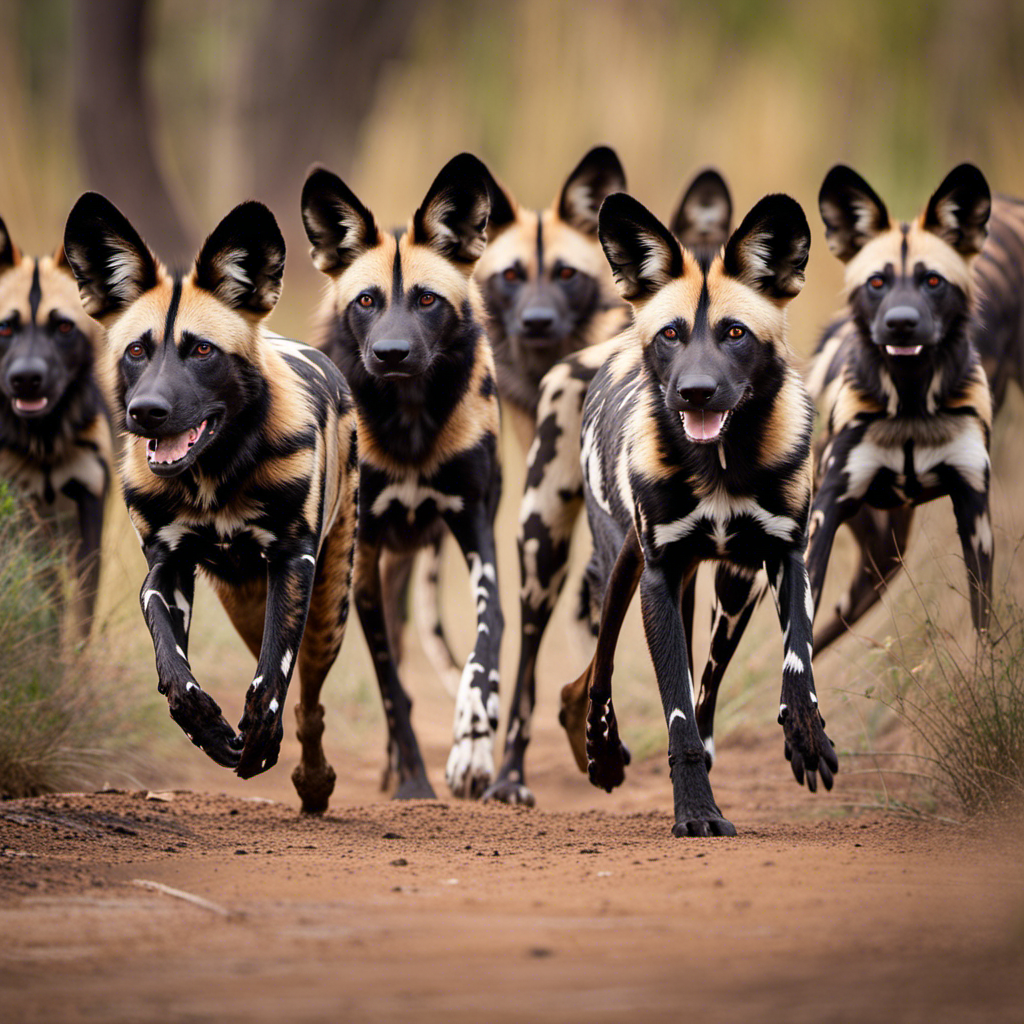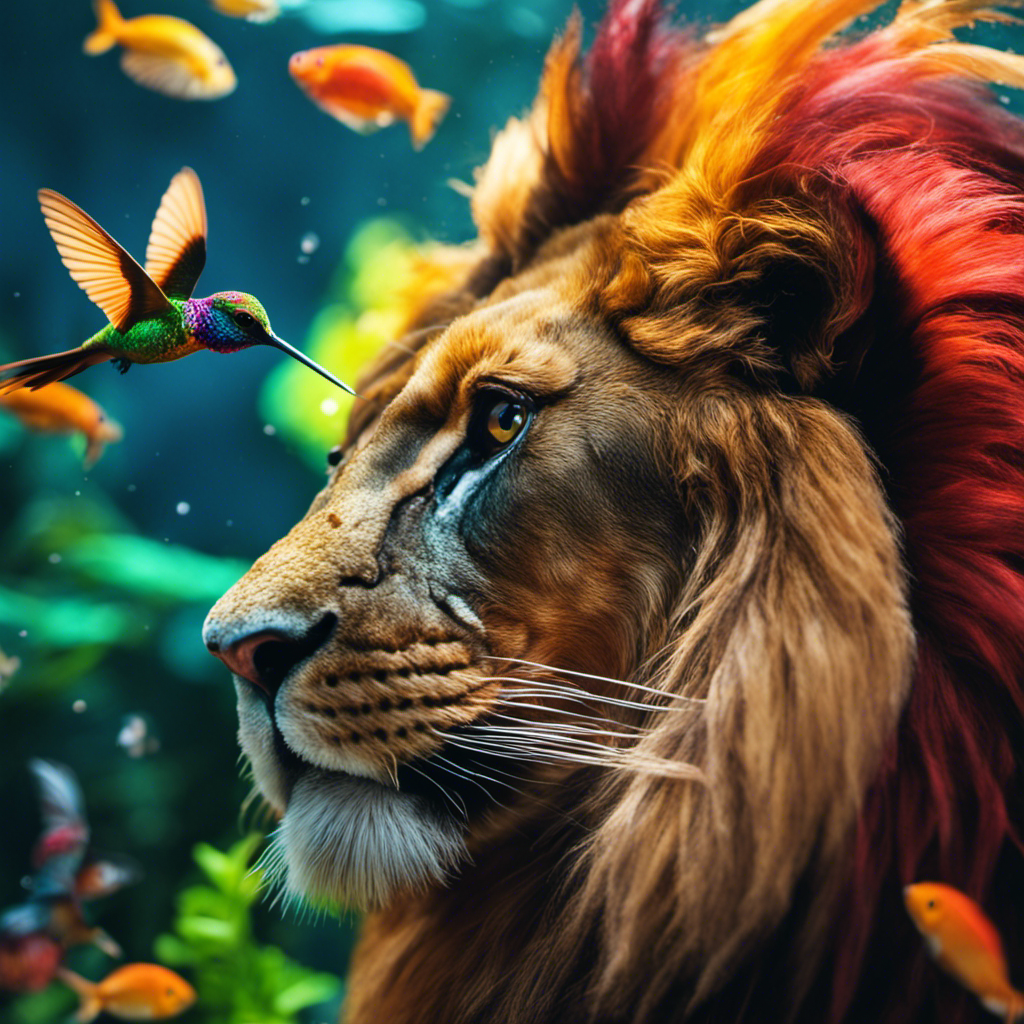Are you curious about the world of animators? Get ready to dive into a fascinating realm where creativity and technical skills collide.
In this article, we will explore some fun facts about animators that will leave you amazed. From the birth of animation to the digital age, we’ll take you on a journey through the history and evolution of this captivating art form.
So sit back, relax, and prepare to be entertained by these intriguing insights into the world of animators!
Key Takeaways
- Animation has evolved with technology and artistic techniques, allowing for more realistic and immersive animations.
- Famous animators like Walt Disney have revolutionized the animation industry with groundbreaking techniques and attention to detail.
- Animation has had a significant impact on the film industry, shaping storytelling and entertainment through VR technology.
- Animators use a combination of artistic techniques, inspiration from real-life experiences, and animation software to bring characters to life.
The Birth of Animation
The birth of animation can be traced back to the 19th century. It has evolved over time, with advancements in technology and artistic techniques.
Animation techniques have come a long way since their inception, from hand-drawn frames to computer-generated imagery (CGI). This evolution has allowed for more realistic and visually stunning animations.
Not only has animation improved technically, but it has also made a significant impact on popular culture. Animated films and TV shows have become beloved forms of entertainment worldwide, capturing the hearts of both children and adults alike.
Characters like Mickey Mouse and Bugs Bunny have become iconic figures in popular culture. Animation has provided a sense of belonging as people connect with animated characters and stories that resonate with them on an emotional level.
Early Animation Techniques
In this discussion, you’ll explore the origins of hand-drawn animation. You’ll examine how early pioneers brought characters to life on paper.
Additionally, you’ll delve into the world of stop-motion animation. You’ll learn about the visionaries who paved the way for this unique technique.
Hand-Drawn Animation Origins
Did you know that hand-drawn animation originated in the early 1900s? It was a revolutionary technique that paved the way for the incredible world of animated films we know today. Animators used various hand-drawn animation techniques to bring their imaginative ideas to life on the screen. Let’s take a look at some iconic hand-drawn animated films and the techniques used to create them.
| Film Title | Year Released | Animation Technique |
|---|---|---|
| Snow White and the Seven Dwarfs | 1937 | Cel Animation |
| Fantasia | 1940 | Rotoscoping |
| The Lion King | 1994 | Hand-Painted Cells |
| Spirited Away | 2001 | Traditional Ink and Paint |
| The Princess and the Frog | 2009 | Watercolor Backgrounds |
These films showcase different approaches, highlighting the versatility of hand-drawn animation. By using these techniques, animators create captivating stories, transporting audiences into magical worlds where they can find a sense of belonging.
Stop-Motion Pioneers
Stop-motion animation has been around for over a century and continues to captivate audiences with its unique style. Here are some fascinating facts about stop-motion pioneers:
- Willis O’Brien: Known as the ‘Father of Stop Motion,’ O’Brien revolutionized the technique with his work on films like ‘The Lost World’ (1925) and ‘King Kong’ (1933).
- Ray Harryhausen: A protege of O’Brien, Harryhausen took stop motion to new heights with his intricate models and meticulous attention to detail in films like ‘Jason and the Argonauts’ (1963) and ‘Clash of the Titans’ (1981).
- Nick Park: This British animator brought us beloved characters like Wallace and Gromit through his innovative use of claymation, combining traditional stop motion techniques with humor and heart.
Through their groundbreaking work, these pioneers have paved the way for countless stop motion films that continue to inspire awe.
Technological Advancements in Animation
Have you ever marveled at the incredible technological advancements in animation? It’s truly amazing how far we’ve come! With the advent of real time animation software and virtual reality in animation, animators now have powerful tools at their disposal to bring their creations to life like never before. These innovations have revolutionized the industry, allowing for more immersive and interactive experiences. Take a look at this table showcasing some of the cutting-edge technologies used in animation today:
| Technology | Description | Benefits |
|---|---|---|
| Real-time animation software | Enables animators to see instant results as they work | Increases efficiency and allows for quicker iterations |
| Virtual reality in animation | Allows artists to create virtual worlds and characters that can be explored by viewers | Enhances storytelling and provides an immersive experience |
With these advancements, animators are able to push boundaries, captivate audiences, and create unforgettable animated masterpieces. So join the ranks of these talented individuals and let your imagination run wild in the world of animation!
Famous Animators Throughout History
One of the most famous animators throughout history is Walt Disney. His life story and impact on the animation industry are truly inspiring.
Disney started his career in a small studio but later went on to found The Walt Disney Company, which became one of the most successful entertainment companies in the world.
He introduced groundbreaking techniques like synchronized sound and full-color animation, revolutionizing the industry. Disney’s commitment to storytelling and attention to detail set a new standard for animated films.
His characters, such as Mickey Mouse and Snow White, have become iconic symbols of childhood joy and imagination.
Animation in the Digital Age
In the digital age, animators can now bring their creations to life using powerful computer software and cutting-edge technology. Here’s a snapshot of how animation has evolved:
- Impact of animation on storytelling:
Animation allows storytellers to create immersive worlds and characters, enhancing the narrative experience. Through animation, emotions can be portrayed in a visually striking manner, captivating audiences and evoking empathy. - Role of animation in video games:
Animation plays a crucial role in bringing video game characters to life, making them move realistically and interact with their virtual environments. It adds depth and realism to gameplay, enhancing player engagement and immersion.
With these advancements, animators have transformed storytelling by expanding its visual possibilities. Moreover, animation has revolutionized the gaming industry by elevating gameplay experiences to new heights.
As an animator in this digital age, you have the power to captivate audiences through your creative vision and technical expertise. Your work not only entertains but also connects people through shared experiences within these animated worlds.
Embrace your role as an animator shaping the future of storytelling and gaming!
Animation and Film Industry
The animation and film industry has experienced significant growth and success due to advancements in technology. Animation, combined with Virtual Reality (VR) technology, has revolutionized the way stories are told and consumed.
VR allows viewers to immerse themselves in animated worlds like never before, creating a sense of presence and interactivity. This fusion of animation and VR has not only enhanced the entertainment experience but also expanded the possibilities for storytelling across various mediums.
The impact of animation on popular culture cannot be overstated. It has influenced fashion trends, music videos, advertising campaigns, and even political discourse. Animated characters have become iconic figures that people identify with and aspire to be like.
Animation continues to shape our cultural landscape by providing a platform for diverse voices and imaginative storytelling that resonates with audiences worldwide.
Behind the Scenes of Animated Movies
In this discussion, we will explore the artistic process and techniques involved in creating animated movies.
You’ll learn about the various methods animators use to bring characters and worlds to life, including hand-drawn animation, computer-generated imagery (CGI), and stop-motion.
Additionally, we’ll delve into the importance of collaborative teamwork in animation. Animators work closely with directors, storyboard artists, sound designers, and other professionals to create seamless and visually stunning films.
Artistic Process and Techniques
Contrary to popular belief, animators don’t just draw all day. They use a variety of artistic techniques and processes to bring characters to life.
Artistic inspiration plays a crucial role in the animation process. Animators often look to real-life experiences, nature, and even other artwork for ideas on character design and movement. They study human anatomy, animal behavior, and facial expressions to create believable and relatable characters.
Animation software is an essential tool for animators. It allows them to bring their drawings or 3D models to life by adding movement, textures, lighting effects, and sound. Popular animation software includes industry standards like Autodesk Maya, Adobe Animate, and Toon Boom Harmony. These programs provide a wide range of features that streamline the animation process while giving artists the freedom to express their creativity.
Collaborative Teamwork in Animation
Working together with other members of the animation team, you can combine your unique skills and ideas to create impressive animated projects. Team dynamics play a crucial role in the success of any animation project.
Effective communication is key to ensuring that everyone is on the same page and working towards a common goal. However, communication challenges may arise due to different perspectives and creative visions. It is important to establish clear channels of communication and encourage open dialogue among team members. This will help in fostering collaboration, resolving conflicts, and maintaining a positive working environment.
Additionally, understanding each team member’s strengths and weaknesses can greatly enhance the overall efficiency of the team. By leveraging these dynamics effectively, you can overcome obstacles and create remarkable animated works that showcase the collective talent of the team.
Animation in Advertising and Marketing
Did you know that animators use their skills to create captivating advertisements and marketing campaigns? Animation in advertising and marketing is a powerful tool that allows brands to engage with their audience in a unique and visually appealing way. Here are some key ways animation is used in this field:
- Storytelling: Animators can bring brand stories to life through animated characters, environments, and narratives, making the message more relatable and entertaining.
- Visual Appeal: Animated visuals grab attention and leave a lasting impression on viewers, making it easier for brands to stand out among competitors.
- Flexibility: Animation allows for endless possibilities in terms of creativity and imagination, enabling marketers to convey complex ideas or emotions effectively.
Fun Facts About Animated Characters
Now that you’ve learned about how animation is used in advertising and marketing, let’s dive into some fun facts about animated characters!
Animated characters have come a long way since their inception. From the earliest black and white sketches to the vibrant, three-dimensional creations we see today, the evolution of animated characters has been remarkable. Each new technological advancement has allowed animators to bring these characters to life in more realistic and captivating ways.
These animated characters have had a significant impact on popular culture. They have become icons that people connect with and admire. Think about Mickey Mouse or Bugs Bunny – they are instantly recognizable and beloved by millions around the world.
Animated characters have not only entertained us but also shaped our childhoods, influenced fashion trends, inspired merchandise, and even influenced other forms of media like video games.
So next time you watch your favorite animated movie or show, remember the immense influence these characters have had on popular culture!
Frequently Asked Questions
How Long Does It Take to Create a Fully Animated Movie?
Creating a fully animated movie can take anywhere from several months to a few years, depending on the complexity of the project. The animation production timeline is determined by factors such as budget, team size, and technology used. Animation industry statistics highlight the time-consuming nature of this artistic process.
What Are Some Common Challenges Faced by Animators in the Industry?
Maintaining creativity and originality while meeting tight deadlines and working long hours are common challenges faced by animators in the industry. It requires dedication, perseverance, and the ability to think outside the box.
Are There Any Specific Qualifications or Degrees Required to Become an Animator?
To become an animator, you’ll need qualifications and degrees in animation or related fields. Education, skills, and training are crucial for success in this industry.
How Do Animators Bring Inanimate Objects or Non-Human Characters to Life?
To bring inanimate objects or non-human characters to life, animators use various animation techniques. They manipulate the objects or characters frame by frame, adding movements, expressions, and emotions. Storytelling plays a crucial role in giving them personality and making them relatable to the audience.
Is There a Specific Software or Technology That Animators Use for Their Work?
To bring inanimate objects or non-human characters to life, animators rely on animation software and digital drawing tablets. These tools allow you to create realistic movements and details, making your animations come alive.
Conclusion
In conclusion, animators have played a significant role in the history of animation and continue to shape the industry today.
From the early techniques to the digital age, their creativity and skill have brought animated characters to life.
They work behind the scenes of movies and also contribute to advertising and marketing campaigns.
With their dedication and talent, animators make our favorite characters come alive on screen.
So next time you watch an animated movie or see an animated advertisement, remember the hard work and artistry that goes into creating these fun and captivating experiences.





